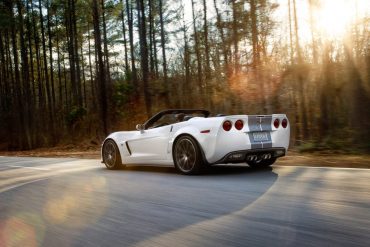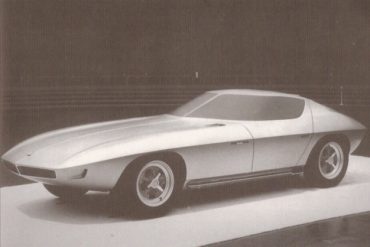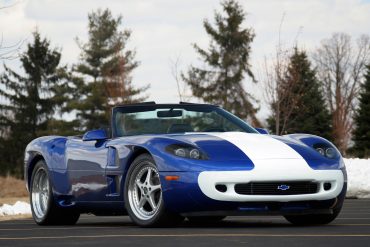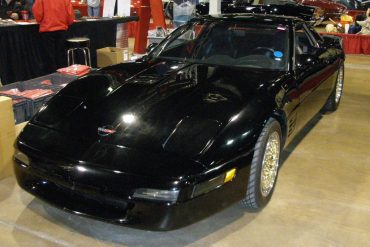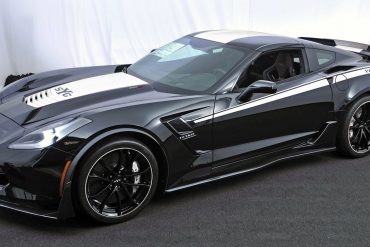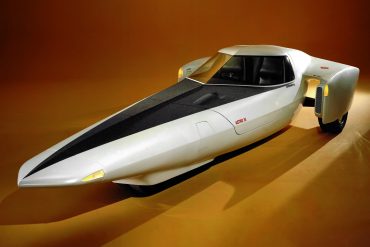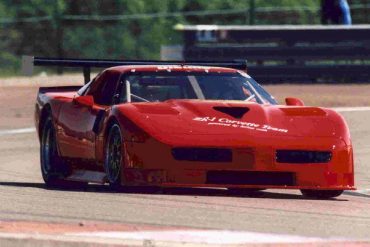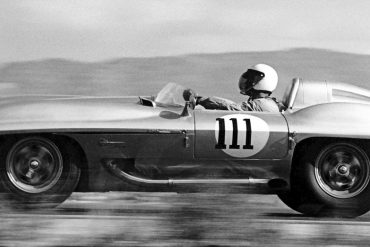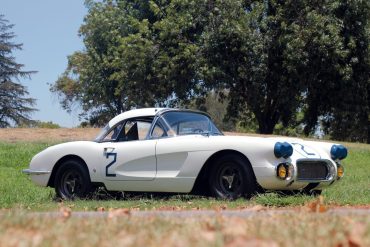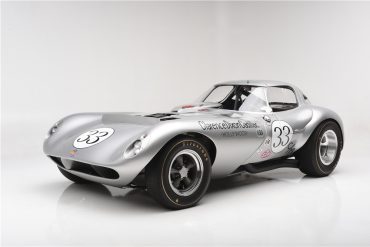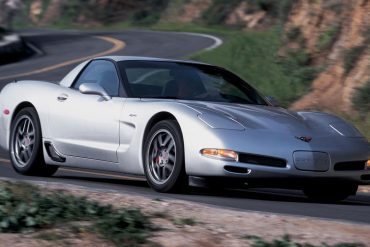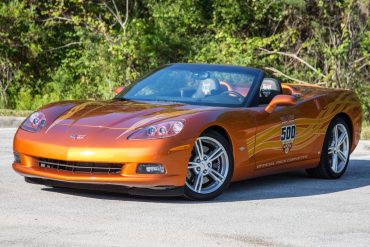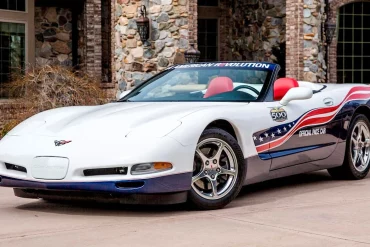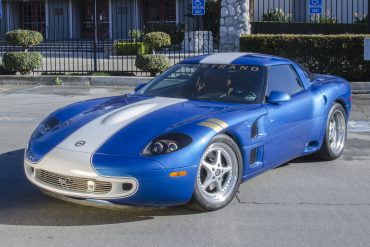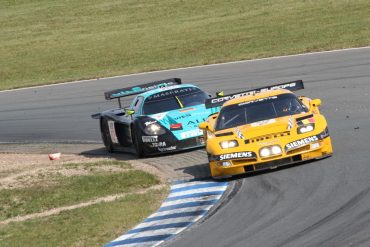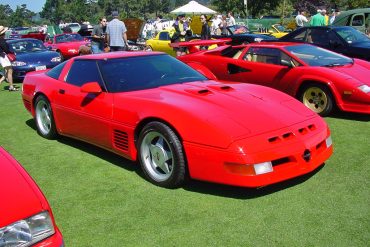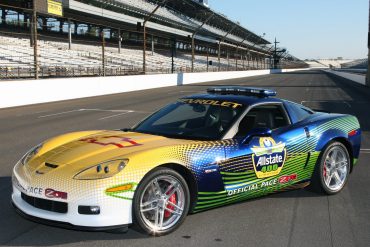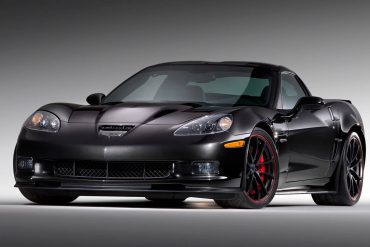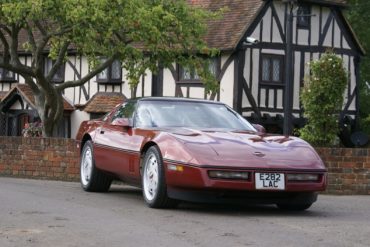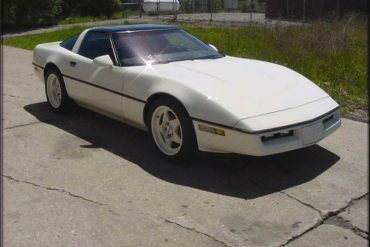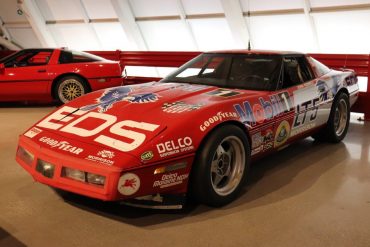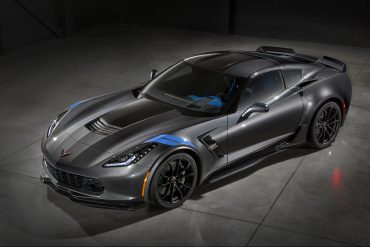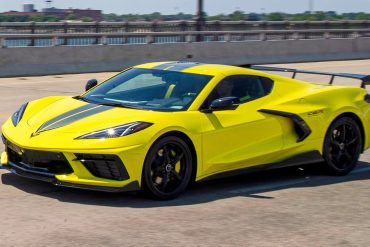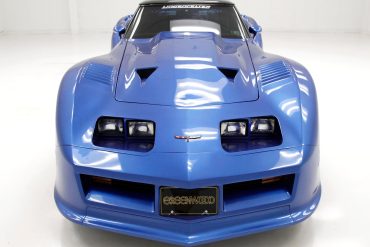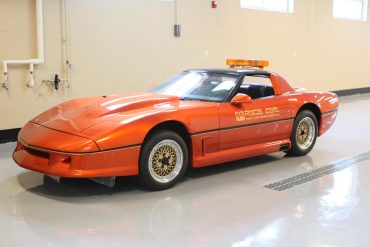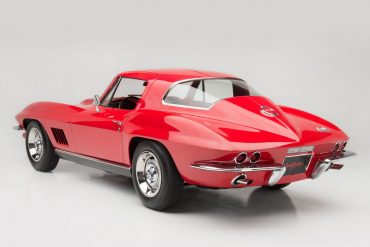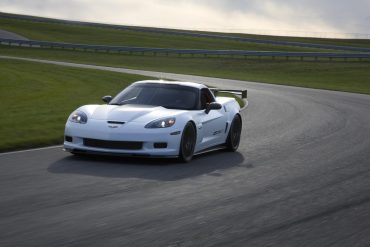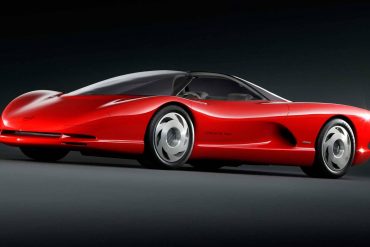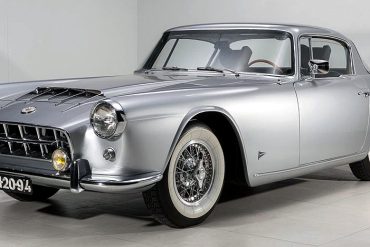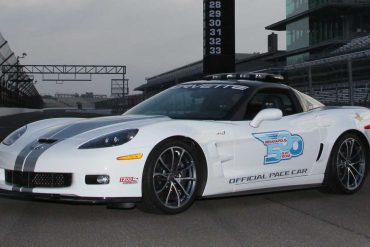The 2013 Corvette 427 Convertible served double-duty as a commemorative edition model. While it marked the departure of the sixth-generation Corvette. The real selling-point was the powerplant at the heart of the car - a 427-cubic-inch (7.0L) LS7 engine, the same engine used in the C6 Corvette Z06. Rated at 505 horsepower (377kW) and 470lb.-ft of torque (637 Nm), this 427 was the most powerful engine GM had ever installed in a production Corvette convertible to date.
The 1963 Wedge Corvette split windshield concept was a sleek, front-engine design study that revived the Q Corvette’s split-windshield gullwing-style doors with a short, bobbed tail. Late in 1963, a GM Styling team under Henry Haga prepared this future Corvette proposal. Its sophisticated lines included side-mounted exhaust pipes.
To understand why the Guldstrand GS-90 coupe and convertible differ so much, keep in mind that during the course of the C4 development cycle, no ZR-1 convertibles were planned, so the base C4 convertible had to be used in building a GS-90 Nassau Roadster, as it was called. The coupe, however, had the advantage of using the ZR-1 platform right from the get-go.
CERV IV was nothing more than a C4 with the all new powertrain and interior in it. Read the commentary of a car magazine reporter: "We suspect that the first, very early prototypes of the all-new, Gen III ran on the dynos at GM Powertrain sometime in the early spring of 1993. In-vehicle testing began at the GM Milford Proving Ground in the first week in May of 1993 with the "Chevrolet Engineering and Research Vehicle IV-A".
The Specialty Engineering Group (SVE) has partnered with Chevy to create the 2019 Yenko/SC Corvette Stage II. This new Corvette, which is the creation of Specialty Vehicles Engineering in cooperation with Chevrolet, delivers an incredible 1000 horsepower and 875 lb-ft of torque. Better yet, it's an option that you can order from your local Chevy dealership.
Though the first two prototype cars to carry the Astro namesake were relatively well known, the third entry in this conceptual saga was somewhat obscure and significantly more bizarre. At the 1969 Chicago Motor Show, Chevrolet unveiled the Astro III which was a gas-turbine prototype that featured a tricycle wheel arrangement.
This car was created by Doug Rippie. His claim to fame was the Corvette Challenge Series. Rippie loved racing Corvettes in the US, but, his life-long dream was to take on the world-class marques at Le Mans. So, when Chevy introduced the C4 ZR1 the opportunity was opened up. Via his collaboration with MerCruiser and Lotus Engineering, all with Chevy’s blessing, the "Black Widow" program created special street and race versions of the LT5 engine. This engine made 525hp.
In 1959, the bones of the SS were revived when Bill Mitchell secretly funded the Stingray race car. Mitchell purchased the chassis of the 1957 SS race car mule for $500 and had a design team create a new body. Mitchell felt the first generation Corvettes were too rounded and soft, so the Corvette Sting Ray Racer featured a sharper body edge that made it work.
The story of the Corvette and how it came to race at Le Mans is one in which the dreams of a number of individuals intersect, over a prolonged period of time. While each of these dreamers came from vastly different backgrounds and held often times very different agendas, they all shared a common vision—an American sports car winning the 24 Hours of Le Mans. For Le Mans, the Sebring #2 car was renumbered as #1.
Bill Thomas had one goal in mind when he designed and produced the Cheetah: beat the Ford Cobra. 25 examples were produced until sadly, the factory burnt down. After the blaze, chevrolet pulled out of the project. The power to weight ratio was phenomenal (it was almost 500lbs lighter than the cobra!). The V8 was pushed back as far as possible leaving the engine almost in the center of the car. Some examples were tuned as high as 520HP.
A successor to the ZR-1 made its debut in 2001 as the Z06, giving a nod to the high-performance Z06 version of the C2 Corvette of the 1960s. The Z06 uses a tuned version of the standard LS1 engine (designated the LS6), with a higher power output of 385 hp (390 PS; 287 kW), later bumped to 405 hp (411 PS; 302 kW) starting in 2002.
One special-edition Corvette was introduced in 2007 was based on the Corvette Pace Car that was used at the 91st running of the Indianapolis 500 driven by actor/racer Patrick Dempsey. The significance of this car was the fact that GM had not produced a pace car replica since the 1998 model year, even though the Corvette had paced the prestigious event a bunch of times since then.
Corvette performed Indianapolis 500 Pace Car duties for a record sixth time. It marks the third consecutive year and 15th time overall that a Chevrolet product has served as the Official Pace Car – the most appearances by any brand. The 2004 Corvette that will serve as the Indy 500 Pace Car is virtually identical to the Convertibles available today through local Chevrolet dealerships.
As the story goes, when the Corvette ZR-1 came out in 1990, Dick Guldstrand saw an opportunity to create his vision of the perfect Grand Sport ride, instead of his name just getting slapped onto another Chevrolet product. He asked GM for fifteen ZR-1’s and some money. He got one car and permission to do whatever he wanted to do with it. And that’s exactly what he did. Called the "GS90", Dick's car would prove to be the most elaborate and expensive specialty Corvette ever built.
The Corvette C5-R was part of a plan by General Motors and their Chevrolet brand to create a factory team to participate in grand touring races not only in North America, but also elsewhere in the world, most notably at the 24 Hours of Le Mans. GM had previously been against approving factory support for Corvette racing programs, although the IMSA GT Championship's Corvette GTPs had seen some support until they ended competition in 1989.
When Chevrolet changed gears to the LT1 engine, Callaway revealed their new SuperNatural line and the CR1 based on the ZR1’s LT5. Options for the CR1 included the radical Aerobody, German upholstery and special wheels, brakes and exhausts. The CR1 used a larger displacement to produce either 475 or 490 bhp.
2008 marks the 15th time that Chevrolet has paced the Alstate 400 at the Brickyard and the fourth consecutive time Corvette has led the pack. Chevrolet's pacing tration at the Indianapolis Motor Speedway also extends to the Indianapolis 500 where Chevrolet has paced that esteemed race 19 times with Corvette leading the field 10 times.
The Centennial Edition came finished exclusively in a Carbon Flash Metallic finish with satin-black graphics. Special badging graphics signifying Chevrolet’s racing history, including an image of Louis Chevrolet on the B-pillars, were added as accents to the cars finish. The wheels were also finished in satin black. All models also received red brake calipers. The exterior color scheme of the Centennial Edition Corvette is reinforced inside the car.
This is no ordinary C4 coupe, but a GM Engineering test mule with VIN plate EX4607 proudly displayed in the windscreen, built in 1986 to test all the new-for-1988 features. This actual car must have spent weeks pounding round the General Motors Proving Ground at Milford, Michigan with longer runs on the road, testing all the changes for a year which saw the C4 suspension, steering and brakes vastly improved.
In the late 80s, Chevy was developing what some dubbed a ‘Super Vette.’ But the 1989 debut of the Dodge Viper sent GM engineers on a new path to develop a ‘Viper-Killer.’ It started with a factory test mule and the experiment was to see how a ZR-1 would perform if given more power and less weight. It was so fast it was called "Snake Skinnner", for it's ability to beat the Viper and Cobra.
On March 1-2 1990 a unique group of people using a Chevrolet Corvette ZR-1, reset The 24-hour World Speed Record. That achievement proved unequivocally that the car is indeed...King of the Hill. "The 24" had stood for 50 years. Last set at Bonneville in 1940 by AP Jenkins driving the "Mormon Meteor Ill", a purpose-built. single-seat race car with an aircraft engine. The objectives: set the 24 as well as 5000 kilometer and the 5000 mile marks with a ZR-1 while using an L98-powered Corvette to set the six-hour record and other shorter distance marks.
This special edition takes the upgraded handling and appearance that comes with the Grand Sport moniker and adds some special cosmetic touches for extra uniqueness. Along with a stunning gray metallic paint color, it features blue accents that harken back to previous Grand Sports. A representation of the original Grand Sport race car is embossed onto the headrests. Powered by the regular (and excellent) LT1 V-8, it features magnetic ride control, an electronic limited-slip differential, and Grand Sport wheels.
Immediately following this unveiling, consumers began clamoring at the opportunity to become one of the fortunate few to own their own IMSA GTLM Championship C8. Chevrolet filled all 1,000 orders for the race-inspired commemorative C8 in record time, as production commenced. Those lucky enough to place their order before the mandatory production cap was reached, were treated to a handful of IMSA GTLM Championship C8 variants to choose from.
What you see before you is a 1982 Chevrolet Corvette that has been fitted with a rare Greenwood Daytona body kit. The most extreme of the Greenwood brothers' kits, the Daytona body kit is a highly sought-after modification that was developed by race-winning specialists Burt and John Greenwood.
The 1984 PPG Indy Pace Car Corvette was special from the very beginning- in several ways. Initially, it was created as a one-off concept car that would be designated as one of the official Pace Cars for the PPG Indy Car World Series of races. It was custom-built by PPG in cooperation with the Chevrolet Division of General Motors. The 205 HP 350 was replaced by a 450hp, 401 cubic-inch V-8.
The L88 was a special option package developed under the direction of Zora Arkus-Duntov, director of GM’s performance division. First introduced in 1967, the L88 Corvette featured a highly modified version of Chevy’s 427-cubic-inch V-8 engine. Although this engine received a factory horsepower rating of 435, actual engine output was somewhere between 540 and 580 horsepower, giving the “stock” L88 enough power to run a quarter-mile in the high-11-second range!
The 2011 Chevrolet Corvette Z06X Track Car Concept was designed to suggest new components and a new idea for transforming a production Corvette into a serious and closed-course track car. This track car concept was developed and produced by Chevrolet in partnership with Pratt and Miller, the partners in Corvette Racing in the American LeMans Series. The competition-oriented modifications of the concept include a polycarbonate rear window, roll cage, safety harness, racing seat.
Mid-Engine Prototypes: The 1985 Corvette Indy Concept, The 1986 Corvette Indy and the 1990 CERV III Since the introduction of...
Chevrolet Corvette Coupé, 1957, by Ghia Aigle. Designed by Giovanni Michellotti a one-off built on a ‘54 Corvette chassis by Carozzeria Ghia in Switzerland. The Ghia Corvette was powered by a Blue Flame 6 in-line engine with a 4-speed manual gearbox
A 2013 Chevrolet Corvette ZR1 led the starting field of the 96th Indianapolis 500 to the green flag Sunday, May 27 at the Indianapolis Motor Speedway. With 638 horsepower, the Corvette ZR1 is the most powerful production car ever to serve as the Pace Car during the Indianapolis 500. Restaurateur, best-selling author and host of the Food Network’s hit show “Diners, Drive-ins and Dives” Guy Fieri was the driver.


